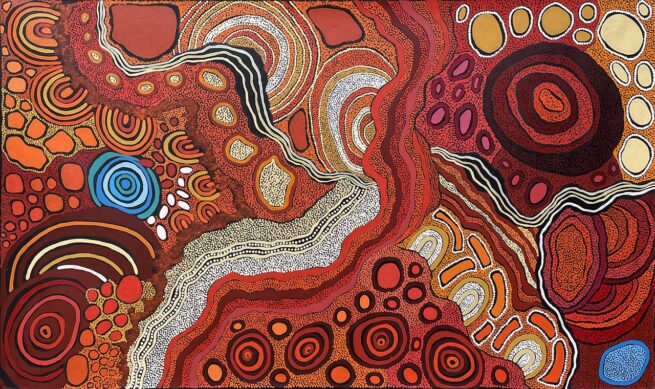 Yilpi Marks Atira | Aralya My CountryJap 023794 | $4,800 | acrylic on linen | 152 x 90 cm
Add To Purchase Cart
| 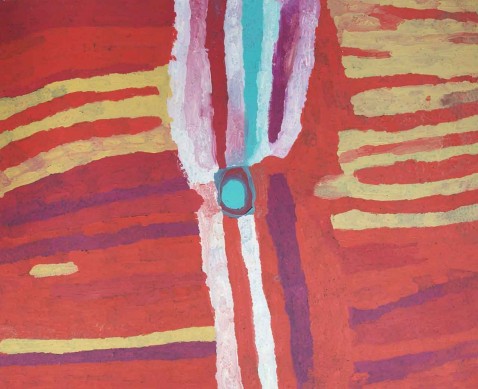 Biddee Baadjo | PiyurrJap 006310 | $3,300 | acrylic on canvas | 117 x 97 cm
Add To Purchase Cart
| 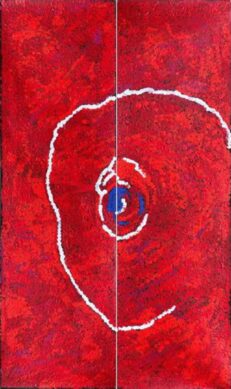 Tommy Watson | Umutju RockholeJap 023231 | $30,000 | acrylic on linen | 153 x 92 cm
Add To Purchase Cart
| 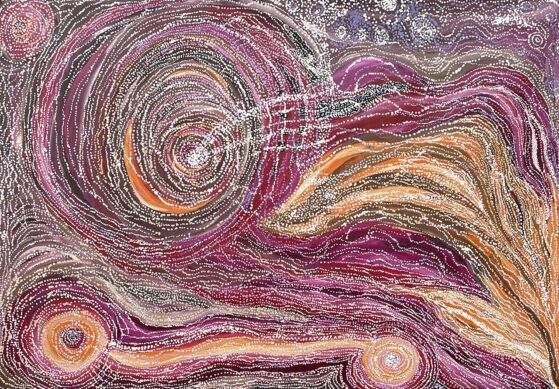 Carolanne Ken | Minyma MaliluJap 022917 | $4,400 | acrylic on canvas | 130 x 91 cm
Add To Purchase Cart
| 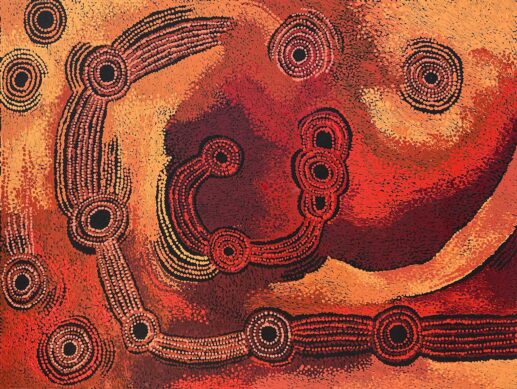 Teresa Baker | Minyma Marlilu TjukurrpaJap 023834 | $2,400 | acrylic on canvas | 94 x 73 cm
Add To Purchase Cart
| 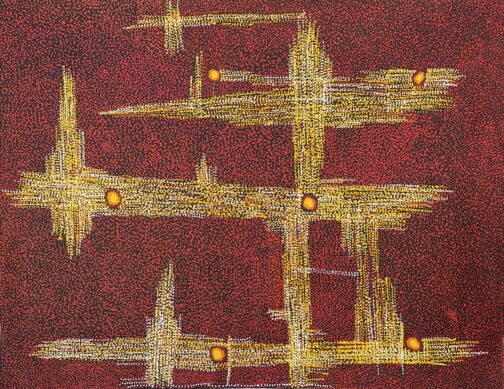 Muna Kulyuru | Minyma Tjuta TjukurpaJap 023647 | $7,900 | acrylic on linen | 197 x 150 cm
Add To Purchase Cart
| 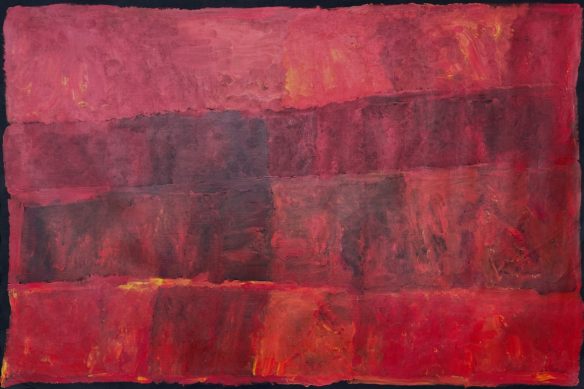 Kudditji Kngwarreye | Country – Fire SeriesJap 005454 | $12,000 | acrylic on linen | 180 x 120 cm
Add To Purchase Cart
| 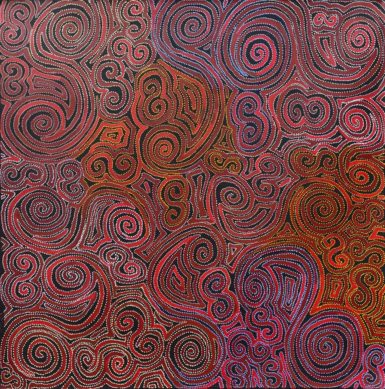 Pauline Napangardi Gallagher | Mina Mina JukurrpaJap 018376 | $2,000 | acrylic on canvas | 107 x 107 cm
Add To Purchase Cart
| 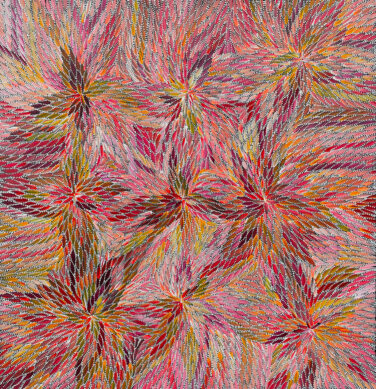 Bernadine Johnson | Bush Medicine LeavesJap 020074 | $1,900 | acrylic on canvas | 100 x 96 cm
Add To Purchase Cart
|  Eileen Bird Kngwarreye | Pencil Yam SeedJap 023145 | $2,500 | acrylic on canvas | 198 x 55 cm
Add To Purchase Cart
| 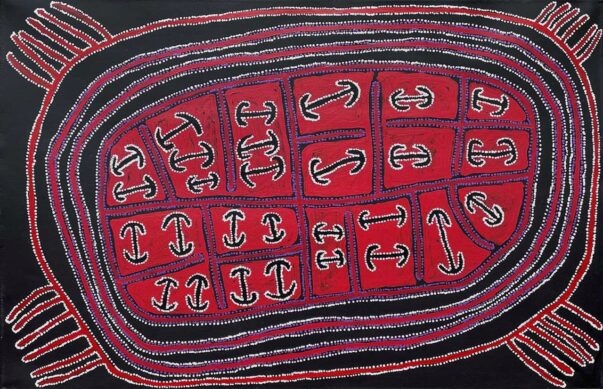 Ian Rictor | TuwanJap 021621 | $3,400 | acrylic on linen | 137 x 90 cm
Add To Purchase Cart
| 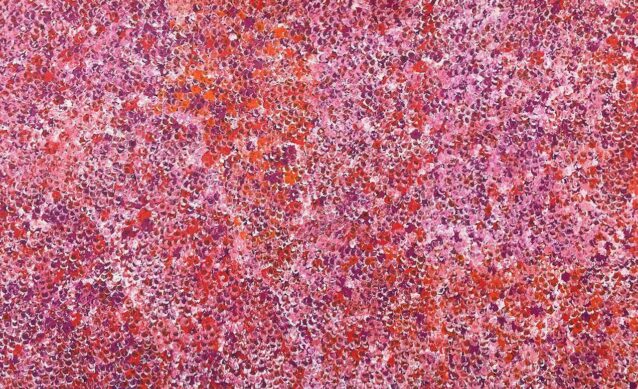 Bessie Petyarre | Pencil Yam SeedJap 022243 | $3,000 | acrylic on canvas | 152 x 93 cm
Add To Purchase Cart
| 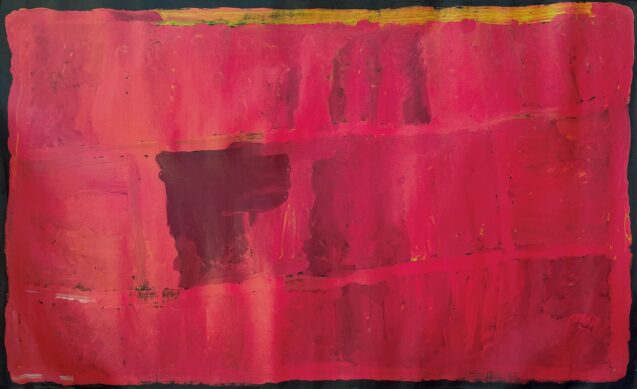 Kudditji Kngwarreye | My CountryJap 023876 | $7,800 | acrylic on linen | 149 x 91 cm
Add To Purchase Cart
| 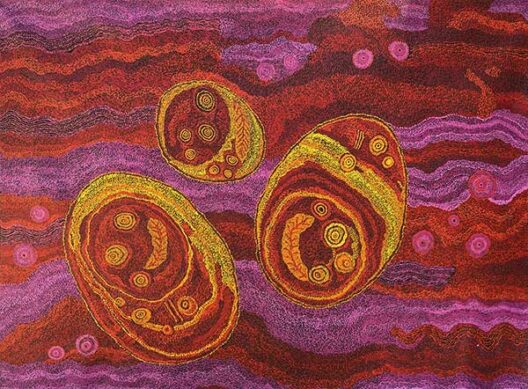 Tjungkara Ken | Seven SistersJap 023583 | $11,500 | acrylic on linen | 226 x 168 cm
Add To Purchase Cart
| 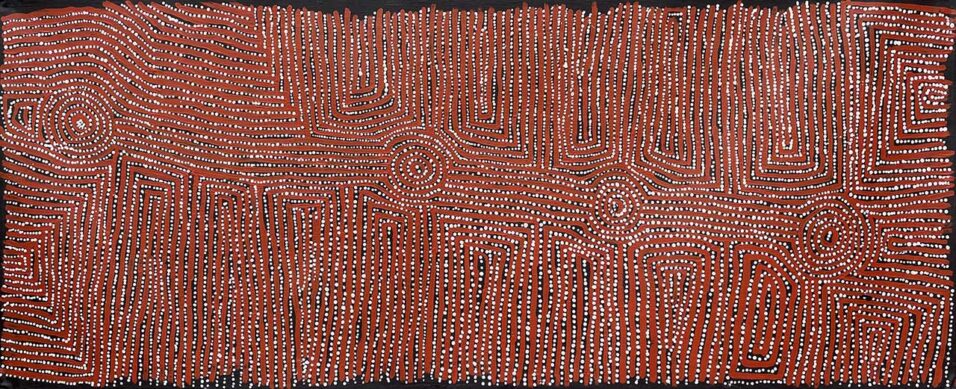 George Ward Tjungurrayi | TingariJap 023229 | $4,500 | acrylic on linen | 150 x 60 cm
Add To Purchase Cart
| 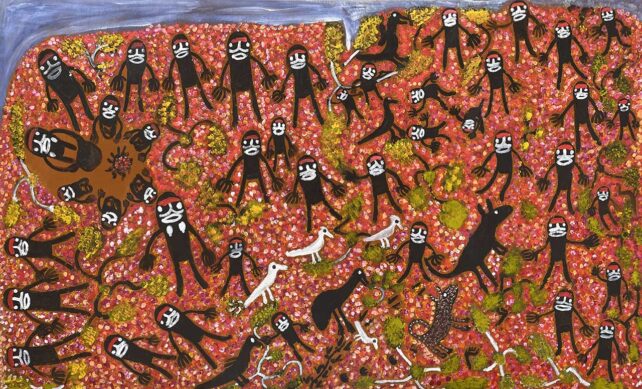 Mary McLean | Ngura PulkanyaJap 022218 | $12,000 | acrylic on canvas | 106 x 170 cm
Add To Purchase Cart
| 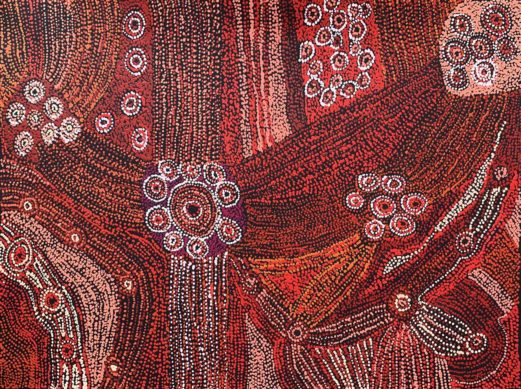 Elaine Woods | Minyma KutjaraJap 018243 | $3,900 | acrylic on canvas | 120 x 90 cm
Add To Purchase Cart
| 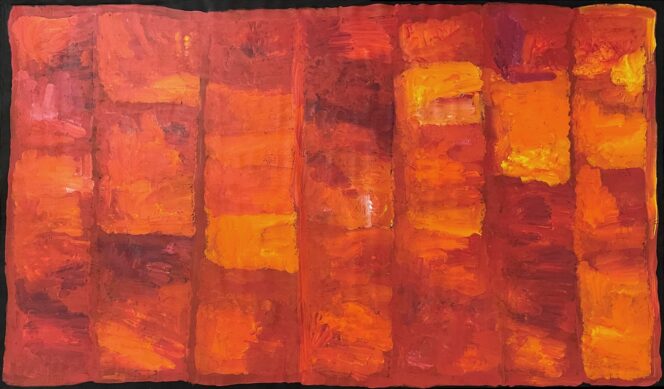 Kudditji Kngwarreye | My CountryJap 023872 | $39,000 | acrylic on linen | 295 x 180 cm
Add To Purchase Cart
| 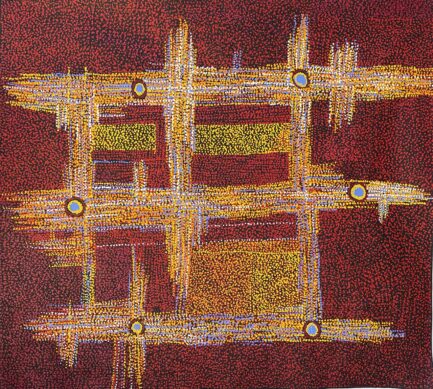 Muna Kulyuru | Minyma Tjuta TjukurpaJap 023842 | $6,800 | acrylic on canvas | 170 x 153 cm
Add To Purchase Cart
| 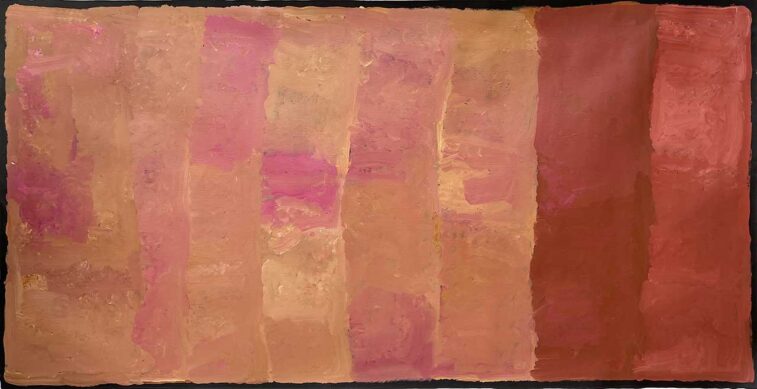 Kudditji Kngwarreye | My CountryJap 023234 | $12,000 | acrylic on linen | 200 x 100 cm
Add To Purchase Cart
| 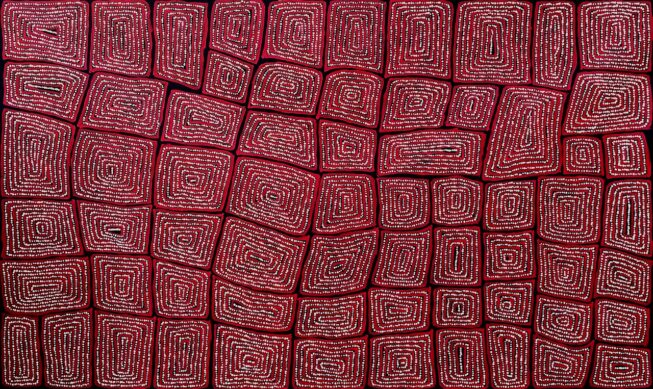 Thomas Tjapaltjarri & Joylene Reid | TingariJap 022434 | $3,900 | acrylic on canvas | 147 x 90 cm
Add To Purchase Cart
| 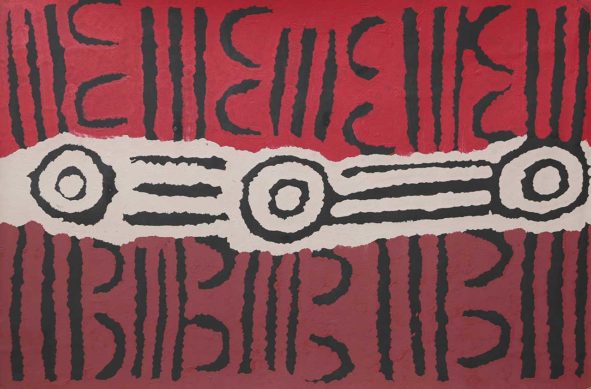 Judy Napangardi Martin | Women’s CeremonyJap 000487 | $2,400 $1,200 | acrylic on canvas | 125x85 cm
Add To Purchase Cart
| 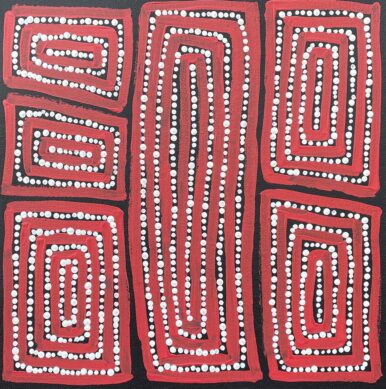 Thomas Tjapaltjarri & Joylene Reid | TingariJap 023377 | $350 | acrylic on canvas | 30 x 30 cm
Add To Purchase Cart
| 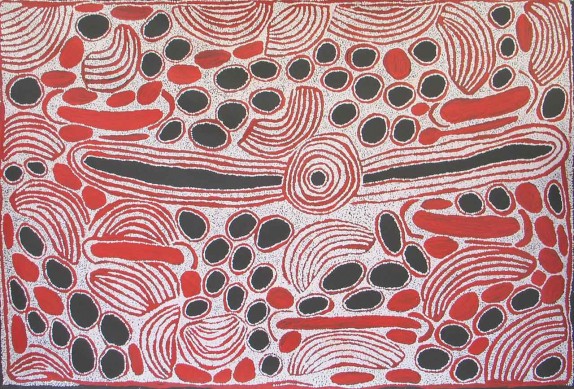 Ningura Napurrula | Minma Dreaming – Womens StoryJap 000820 | $12,000 | acrylic on linen | 183 x 122 cm
Add To Purchase Cart
| 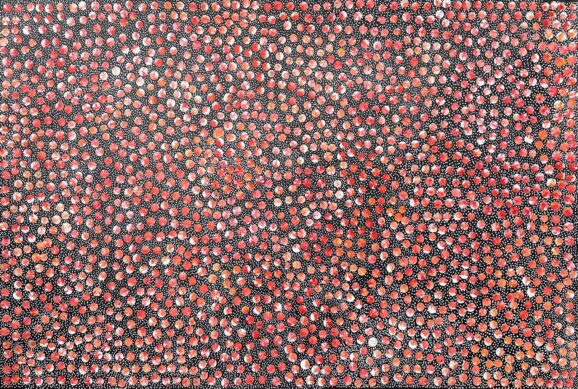 Eileen Bird Kngwarreye | Pencil Yam SeedJap 023143 | $1,200 | acrylic on canvas | 88 x 59 cm
Add To Purchase Cart
| 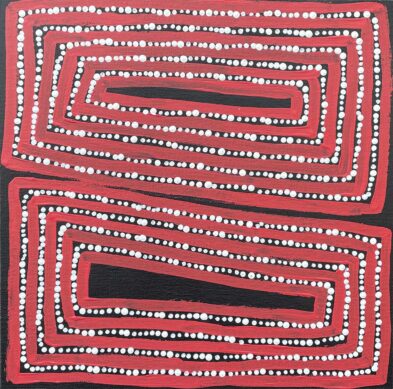 Thomas Tjapaltjarri & Joylene Reid | TingariJap 023379 | $350 | acrylic on canvas | 30 x 30 cm
Add To Purchase Cart
| 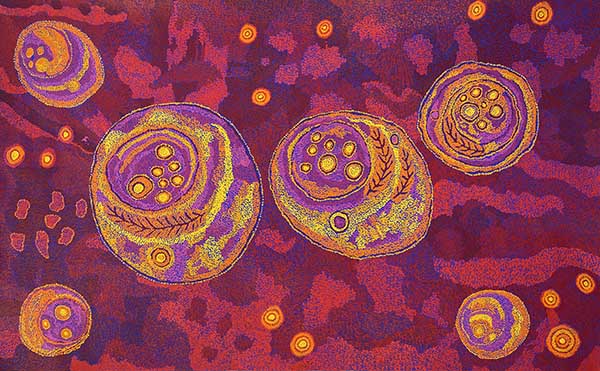 Tjungkara Ken | Seven SistersJap 023581 | $8,400 | acrylic on linen | 198 x 122 cm
Add To Purchase Cart
| 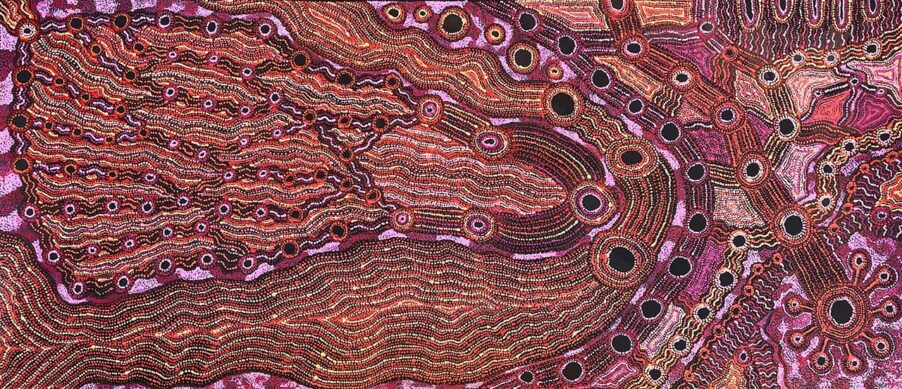 Debra Umala | Wananpi – Rainbow Snake and WaterholesJap 023683 | $4,500 | acrylic on canvas | 204 x 88 cm
Add To Purchase Cart
| 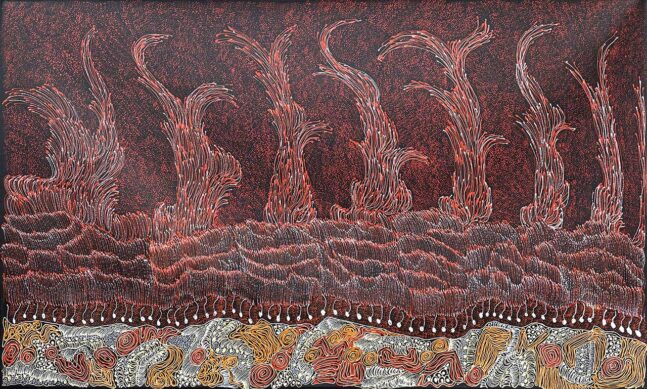 Jorna Newberry | Waru Tjukurrpa – Fire DreamingJap 022442 | $4,250 | acrylic on linen | 151 x 92 cm
Add To Purchase Cart
| 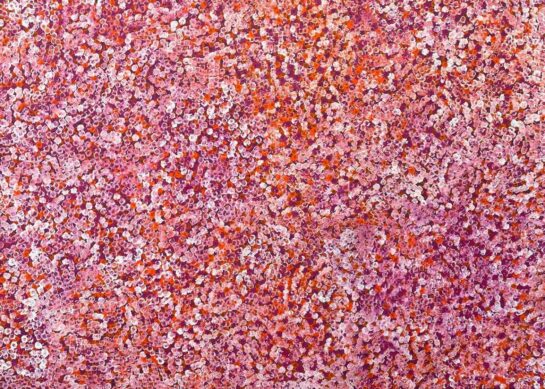 Bessie Petyarre | Pencil Yam SeedJap 022242 | $4,900 | acrylic on canvas | 202 x 142 cm
Add To Purchase Cart
| 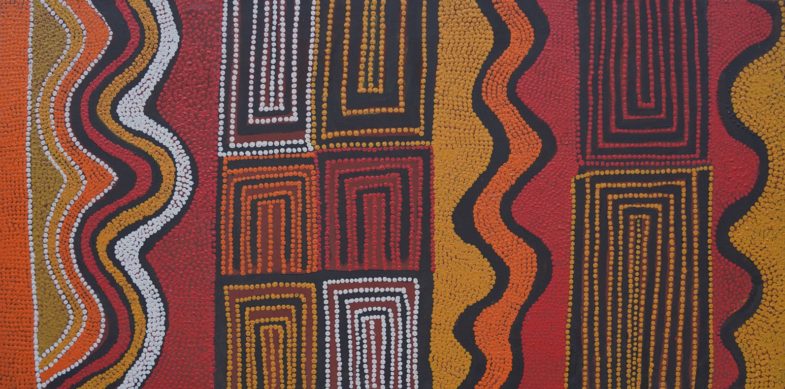 Frank Clancy | PurkitjiJap 004790 | $3,500 $1,700 | acrylic on linen | 120 x 60 cm
Add To Purchase Cart
| 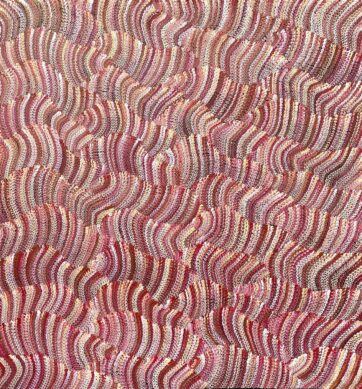 Maureen Hudson Nampijinpa | Tali Sand DunesJap 022905 | $2,600 | acrylic on canvas | 98 x 94 cm
Add To Purchase Cart
| 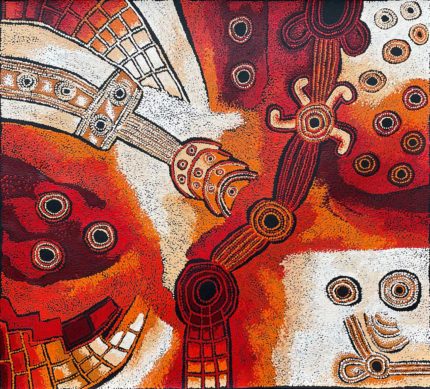 Teresa Baker | Minyma Marlilu TjukurrpaJap 019907 | $6,200 | acrylic on linen | 112 x 101 cm
Add To Purchase Cart
| 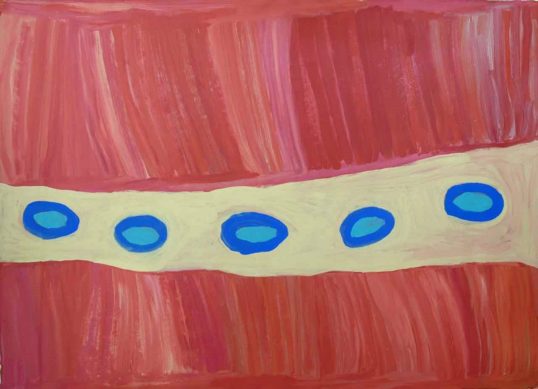 Nada Rawlins | Five Waterholes from Kirriwirri to KupangkurluJap 002676 | $3,300 | acrylic on canvas | 143 x 103 cm
Add To Purchase Cart
|  Rosella Namok | Bushfire RainJap 022072 | $7,400 | acrylic on canvas | 180 x 110 cm
Add To Purchase Cart
| 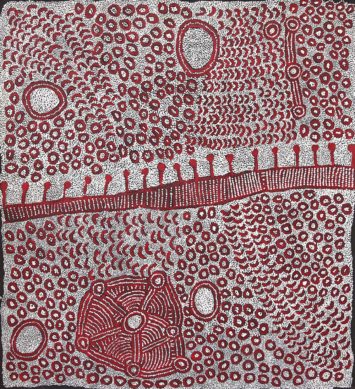 Yinarupa Gibson Nangala | NgaminyaJap 013562 | $4,400 | acrylic on linen | 126 x 119 cm
Add To Purchase Cart
| 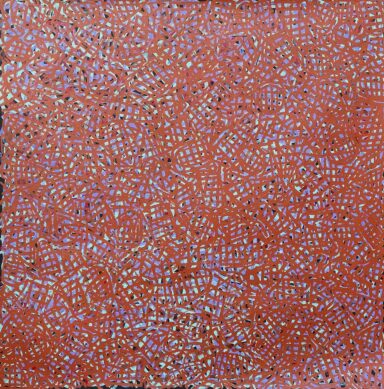 Emily Pwerle | Awelye AtnwengerrpJap 023233 | $5,600 | acrylic on linen | 123 x 120 cm
Add To Purchase Cart
| 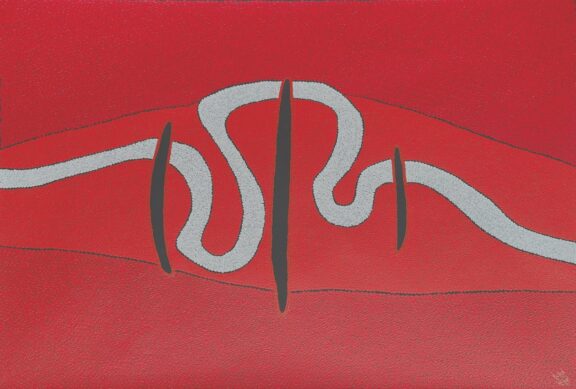 Kurun Warun | HuntingJap 020180 | $3,300 | acrylic on linen | 120 x 91 cm
Add To Purchase Cart
| 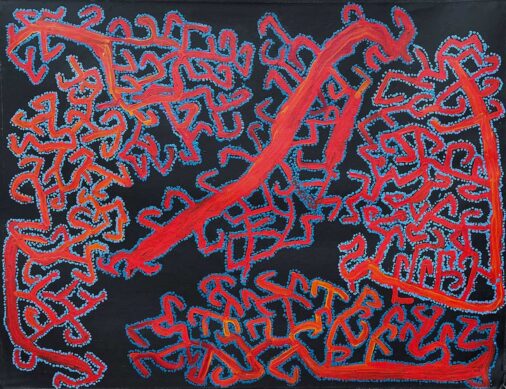 Ned Grant | PapatatjaraJap 021611 | $3,300 | acrylic on linen | 110 x 85 cm
Add To Purchase Cart
| 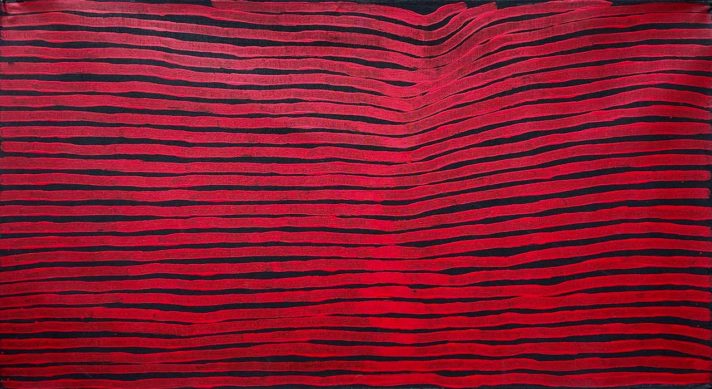 Dr George Tjapaltjarri | Malliera CeremoniesJap 019922 | $3,500 | acrylic on linen | 112 x 61 cm
Add To Purchase Cart
| 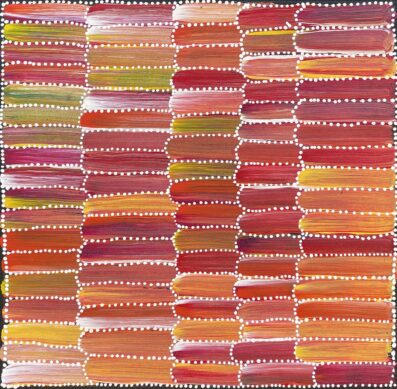 Jeannie Mills Pwerle | Anatye – Bush YamJap 023544 | $320 | acrylic on canvas | 30 x 30 cm
Add To Purchase Cart
| 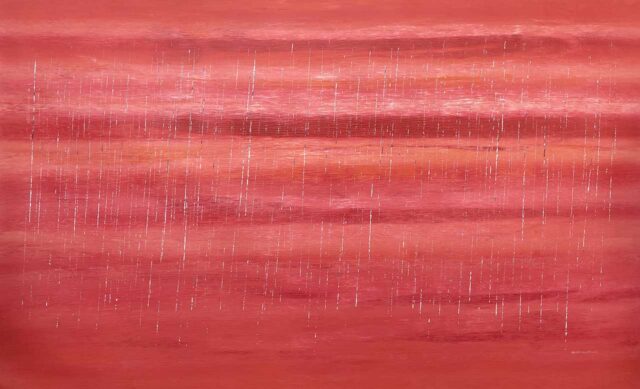 Rosella Namok | Sunset RainJap 022069 | $7,400 | acrylic on linen | 180 x 110 cm
Add To Purchase Cart
| 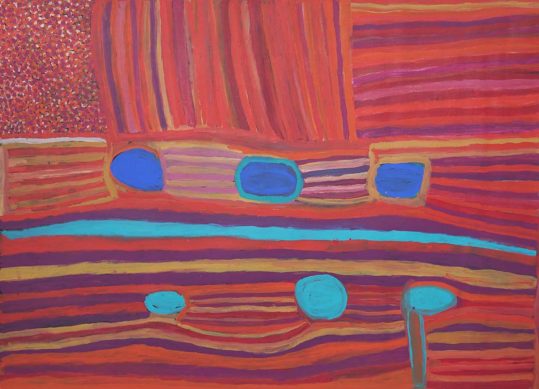 Nada Rawlins | Warla Country WaterholesJap 006350 | $4,400 $3,000 | acrylic on canvas | 137 x 97 cm
Add To Purchase Cart
| 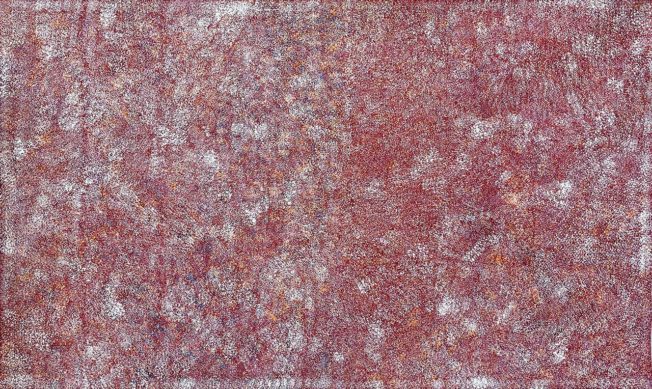 Angelina Ngal | Aharlper CountryJap 020084 | $27,000 | acrylic on linen | 200 x 120 cm
Add To Purchase Cart
| 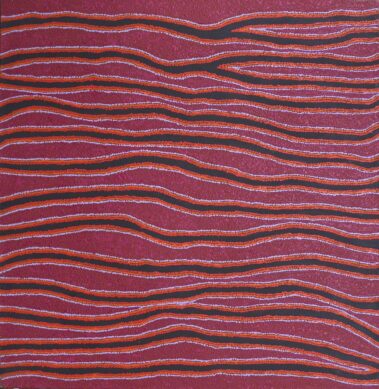 Eileen Napaltjarri | Tjiturrulpa – SandhillsJap 004043 | $3,800 | acrylic on linen | 122 x 122 cm
Add To Purchase Cart
| 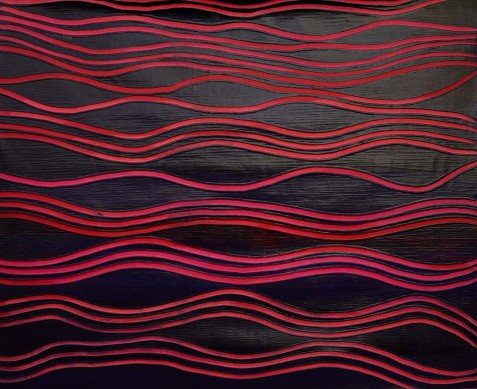 Rosella Namok | Low Tide – Marks in the SandJap 011624 | $2,800 | acrylic on canvas | 108 x 88 cm
Add To Purchase Cart
|














































